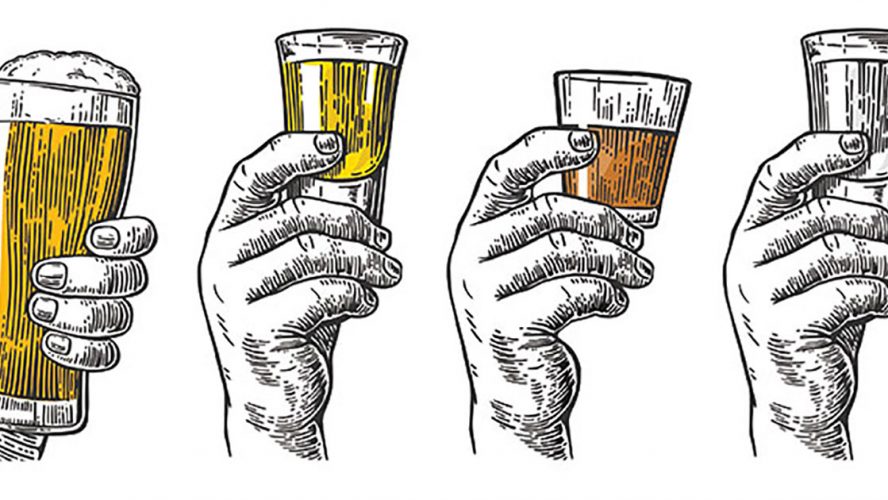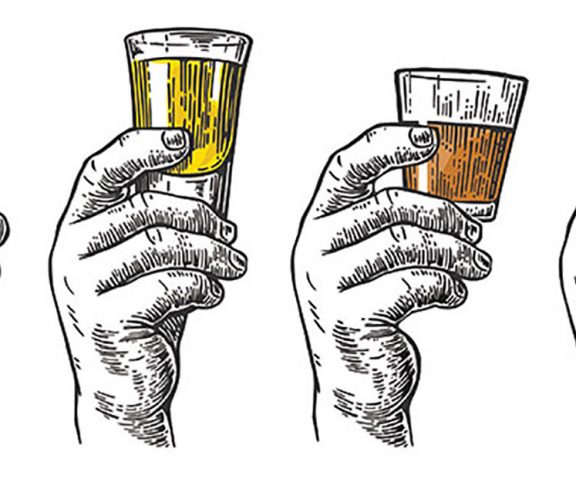Alcohol misuse is a significant problem for colleges and universities, leading to negative academic consequences; long-term health issues; and acute risks such as fights, sexual assaults, unintentional injuries, overdoses and even death.
The problem of college drinking is complex, challenging and seemingly intractable — but we can address it through collaborative efforts of parents, communities and school administrators.
Collaborative solutions
Parents need to recognize that they still play an important role in the lives of their college-age children. Research shows that students who choose not to drink often do so because their parents discussed alcohol use and its adverse consequences with them.
Schools and communities need to commit to investing sufficient resources into appropriate, evidence-based interventions. An important tool from the National Institute on Alcohol Abuse and Alcoholism at NIH can help guide these decisions. CollegeAIM — the College Alcohol Intervention Matrix — helps leaders choose alcohol interventions wisely, boosting their chances for success by helping them select a combination of approaches that best meets the needs of their unique campus culture. Developed with leading college alcohol researchers, it rates the relative effectiveness and other characteristics of nearly 60 strategies — helping leaders make much more informed decisions. This instrument is one of the most thoroughly vetted and user-friendly summaries of interventions I have seen in decades — and a valuable resource for anyone trying to address college binge drinking, extreme binge drinking and alcohol use disorder.
Active leadership
To create safer and healthier campuses, colleges and parents need to take an active role and take a stand against alcohol misuse. Working together, and making intelligent decisions about intervention strategies, we can help our college students be productive, safe, and healthy — and we can even save lives. There is no magic bullet to address this complex issue. However, strong leadership from a concerned college president, in combination with involved parents, a caring campus community and a comprehensive program of evidence-based strategies, can help address student alcohol misuse and its consequences.

